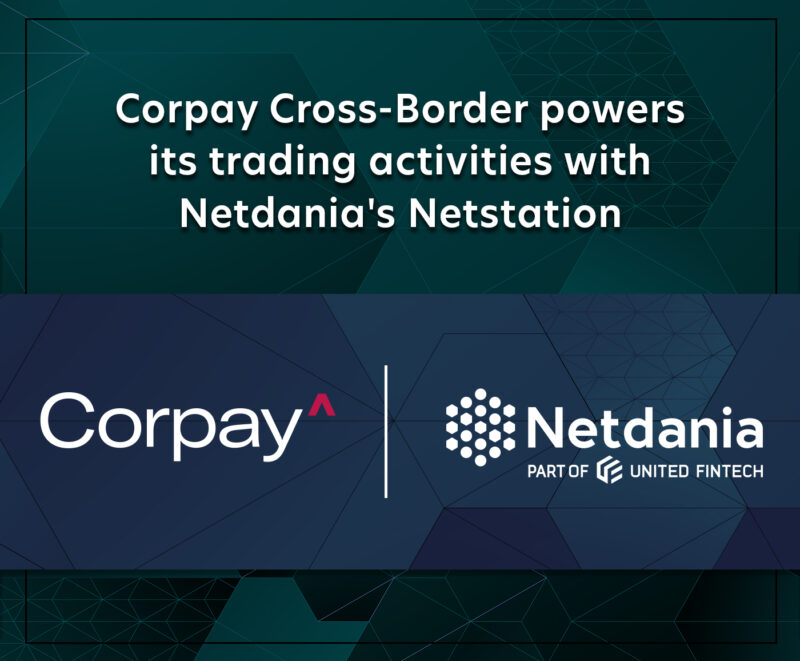Net Promoter Score (NPS) has swept through the world over the last few years (although it’s actually been around since 2003), transforming conversations in boardrooms and, more recently, over Zoom calls, and putting customer experience at the top of everyone’s agenda, from the marketing executive and the product manager, all the way up to the CEO.
The financial services sector is, of course, no exception. As more and more fintech solutions hit the market, helping banks and other institutions offer faster and smoother experiences, every company looking to compete needs to focus on wowing customers – and NPS is the metric many choose to obsess over.
But is NPS a meaningful metric for the financial services sector? And how can you improve your score?
NPS in the financial services sector
What is NPS?
Net Promoter Score is a measure of customer experience and brand perception. It’s based on a single-question customer survey on the likelihood of customers to recommend a company.
How do you measure it?
Whether sent by email or appearing as a popup, the NPS survey asks a single question: how likely are you to recommend [company name] to a friend or colleague? Respondents select a score from 0 (very unlikely) to 10 (very likely).
Respondents are split into three groups according to the score they give:
- Those selecting a score of 9-10 are classed as ‘promoters’ and considered loyal advocates of the brand.
- Those selecting a score of 7-8 are classed as ‘passives’, and considered satisfied customers but not necessarily loyal to the brand.
- Those selecting a score of 0-6 are classed as ‘detractors’, and considered dissatisfied customers who can harm your brand.
The NPS is calculated by subtracting the percentage of detractors from the percentage of promoters. The worst possible score is -100 (i.e. 100% detractors) and the best is 100 (i.e. 100% promoters).
What is a good NPS for financial services companies?
The average NPS for companies in the financial services sector is 44, according to CustomerGauge. This puts them on a par with companies in the professional services and industry services sectors, but lagging behind sectors such as healthcare (58) and energy (58).
Is NPS a meaningful metric?
“Client satisfaction is essential for success in any market, so I think NPS, as a measure of that, is super important.” says Rasmus Bagger-Petersen, Co-CEO of NetDania, the Copenhagen-based data and charting platform provider.
“At NetDania, we focus on making sure we have a relevant product suite for our clients – so that both our products and client services add maximum value. If you build an offering that goes beyond your clients’ expectations, you’re on the right path to making a truly successful business.”
With customer demographics gradually becoming dominated by Millennials and Gen Zers, customer experience is key. Digital natives expect instant convenience, all delivered through a highly attractive and intuitive interface.
“All our charting solutions are designed to improve client experience – both for our clients and for their customers, as they can use the API to deliver it to their own audience. So it makes sense for us to implement NPS here to be able to measure customer satisfaction.
“With retail, it’s straightforward – you just send the survey to customers who buy your product. The challenge for us, as a B2B(2C) company is identifying the right ambassador for the product within organizations. Is it the traders using the charting solutions, the head of IT or operations in charge of the budget, or someone else entirely? For NPS to mean much, it needs to be filled in by the right people.”
One of the criticisms leveled at NPS is that it’s not necessarily accurate in predicting actual behavior. The fact that a customer says they would recommend the company doesn’t mean they will in reality.
“I agree, and when you throw in the uncertainty and bias around who’s filling in the survey, you’ve got to be careful to make sure you’re dealing with a good dataset you can use to derive insights,” says Rasmus.
“Institutional businesses serve smaller audiences compared with retail ones, so it can be tough to obtain enough data to analyze satisfaction levels very deeply. So how you implement the Net Promoter System is a bit different, and it’s a challenge.”
“At NetDania, we’re trying to go deeper and home in on all the relevant aspects of our product offering. We’re on a path to ensure our clients are truly happy with the value chain of products, but even more importantly, we’re creating value for their clients. If we manage to do that, we’re doing something right.”
The creator of the Net Promoter System, Fred Reichheld, spoke recently about the need for NPS to be viewed in tandem with an accounting-based metric to give a fuller picture that can be relied on – he calls it ‘earned growth’.
“Once you know the correlation between stated customer satisfaction and actual results in terms of returning customers and referrals, you’re definitely putting yourself in a strong position,” says Rasmus. “For me, NPS is a great jumping off point to go deeper into harder data – all the while with the ultimate vision of improving the bottom line.”
How financial services companies can optimize their Net Promoter Score
1. Work on implementing a reliable framework
Optimizing your NPS starts with putting in place an approach that removes bias and gives you accurate results.
“It’s important to create a structure where you know exactly who to contact and when to contact them. It should go without saying, but there should be no sales angle when you contact them,” says Rasmus.
“I mean, sure, you can eventually work out a favorable time to catch them in a good mood. But a more useful way to look at it, in my opinion, is how to optimize the way you gather the information so it’s reliable and a useful indicator for your organization.”
NPS can be most useful when viewed alongside other hard data. In your setup, you should look to enhance your data analytics to add context and the ability to pinpoint different customer touchpoints that could be improved.
2. Keep up to date with developments in customer experience
Digitization is essential to delivering faster and smoother experiences for customers, who expect nothing less.
Being early adopters of the latest tech can help you get an edge on the competition and stand out in your customers’ eyes.
“Solutions like our real-time market data charting tools that can be delivered through institutions’ existing platforms can dramatically improve the customer experience,” says Rasmus. “Ultimately, improving customer satisfaction comes down to improving customer experience, and it’s tech like ours that’s driving that.”
3. Don’t neglect what’s happening behind the scenes
Integrating new tech solutions with legacy systems can be a challenge, and slow, clunky experiences can often follow.
“What’s happening behind the scenes can be just as important as what the customers actually see, and with your focus set squarely on the customer it can be easy to forget that,” says Rasmus.
Look for solutions that offer easy integration, such as those that offer you an API, to ensure an efficient, quick, and error-free infrastructure that enhances the customer experience.
Harness new technology to drive your customer experience
Whether you’re using real-time data platforms on the trading floor or you’re looking for ways to improve your customers’ experience, at United Fintech we’re on a mission to help financial institutions get ahead of the curve with digitization – by bringing the best and latest tech solutions together under one roof.
One of those solutions is NetDania’s platform, which offers market data, APIs, market terminals, and charting components on both desktop and mobile – all delivered with a focus on flexibility and usability. Some of the world’s largest financial institutions rely on NetDania, not only for their trader tool suite, but also for transforming the way their customers can access data.
Book a call with one of our experts to find out more.
Sources
https://hbr.org/2022/04/do-your-marketing-metrics-show-you-the-full-picture
https://www.netpromotersystem.com/about/
https://customergauge.com/blog/nps-use-case-for-financial-services-companies
https://www.printmailsolutions.com/blog/nps-banking/
https://hbr.org/2022/04/do-your-marketing-metrics-show-you-the-full-picture
https://www.forbes.com/sites/ronshevlin/2021/12/27/the-net-promoter-score-rebrands-as-earned-growth/
https://www.wsj.com/articles/the-dubious-management-fad-sweeping-corporate-america-11557932084














